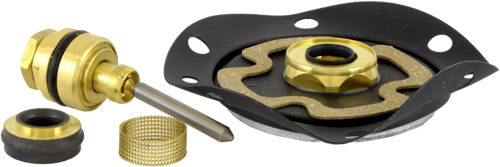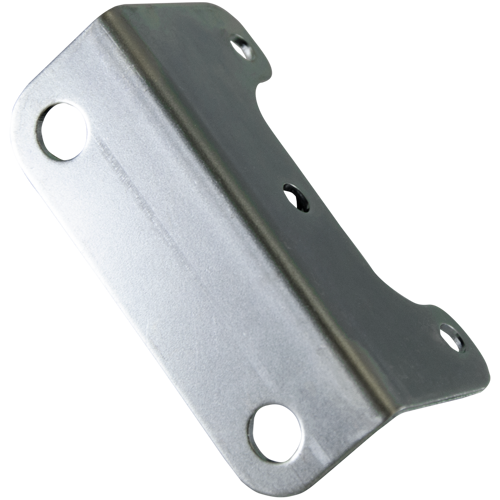Volume Boosters
Pneumatic volume boosters amplify airflow, accelerating actuator response and precision in critical industrial valve and automation control systems.
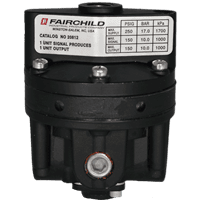
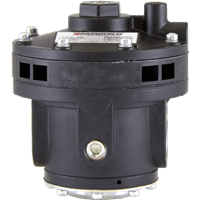
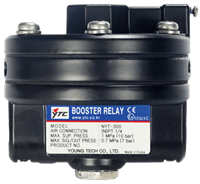
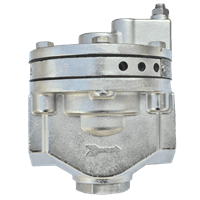
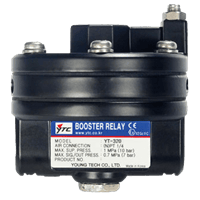
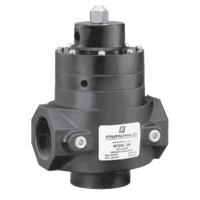
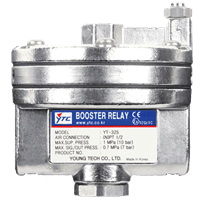
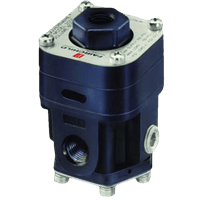
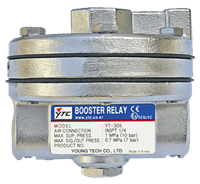
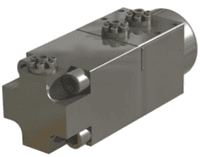
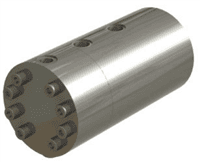
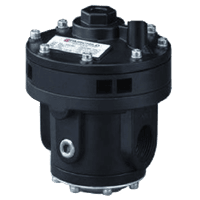
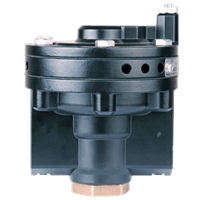
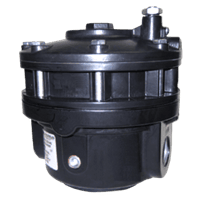
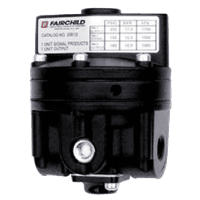
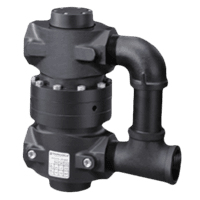

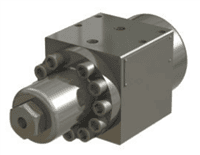
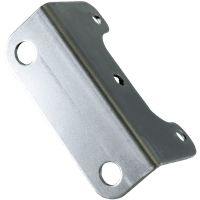
Pneumatic Volume Boosters
Pneumatic volume boosters amplify airflow and increase actuator response speed in pneumatic control systems. They receive low-volume pilot signals from positioners or controllers and deliver a corresponding high-volume output flow directly to actuators. This mechanism significantly improves actuator stroke speed and responsiveness, ensuring accurate and rapid control of valves and other pneumatic devices.
In industrial process control, volume boosters are critical for overcoming sluggish actuator performance, particularly in systems with large actuators, long tubing runs, or where rapid valve positioning is essential. By minimizing response times and enhancing actuator precision, these boosters help optimize process efficiency, improve operational safety, reduce energy usage, and maintain tight control over critical process parameters.
Typical applications include precise and rapid positioning of large control valves in industries such as oil and gas, chemical processing, refining, power generation, pulp and paper production, and wastewater treatment. Volume boosters are particularly effective in safety-critical operations, emergency shutdown (ESD) systems, compressor antisurge control, turbine speed control, and process systems requiring swift response to changing process conditions.
Engineered for robust reliability, pneumatic volume boosters typically feature corrosion-resistant materials and rugged diaphragms, providing consistent performance in harsh industrial environments. Their integration into pneumatic control loops ensures improved control valve responsiveness, greater system stability, and reduced operational downtime.
